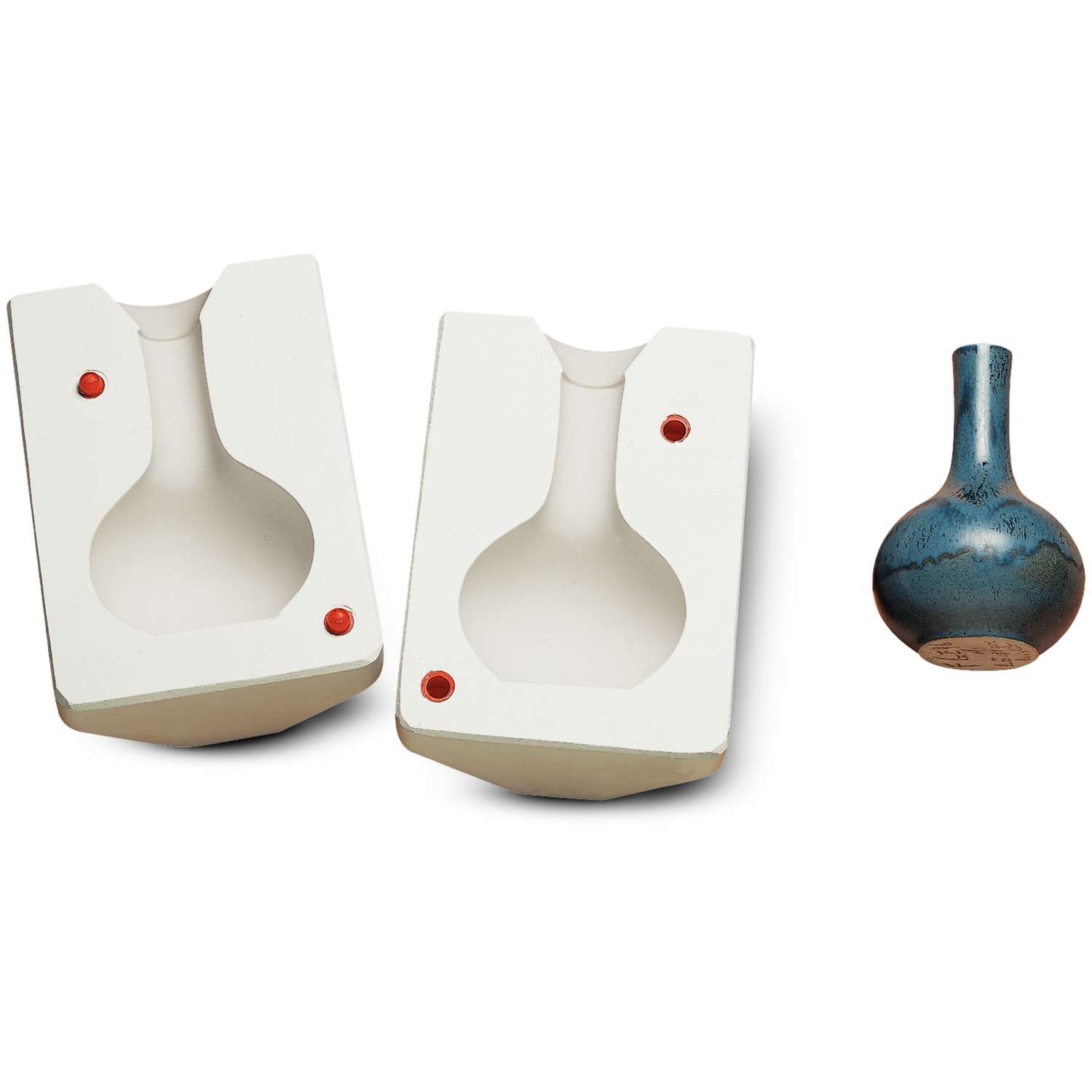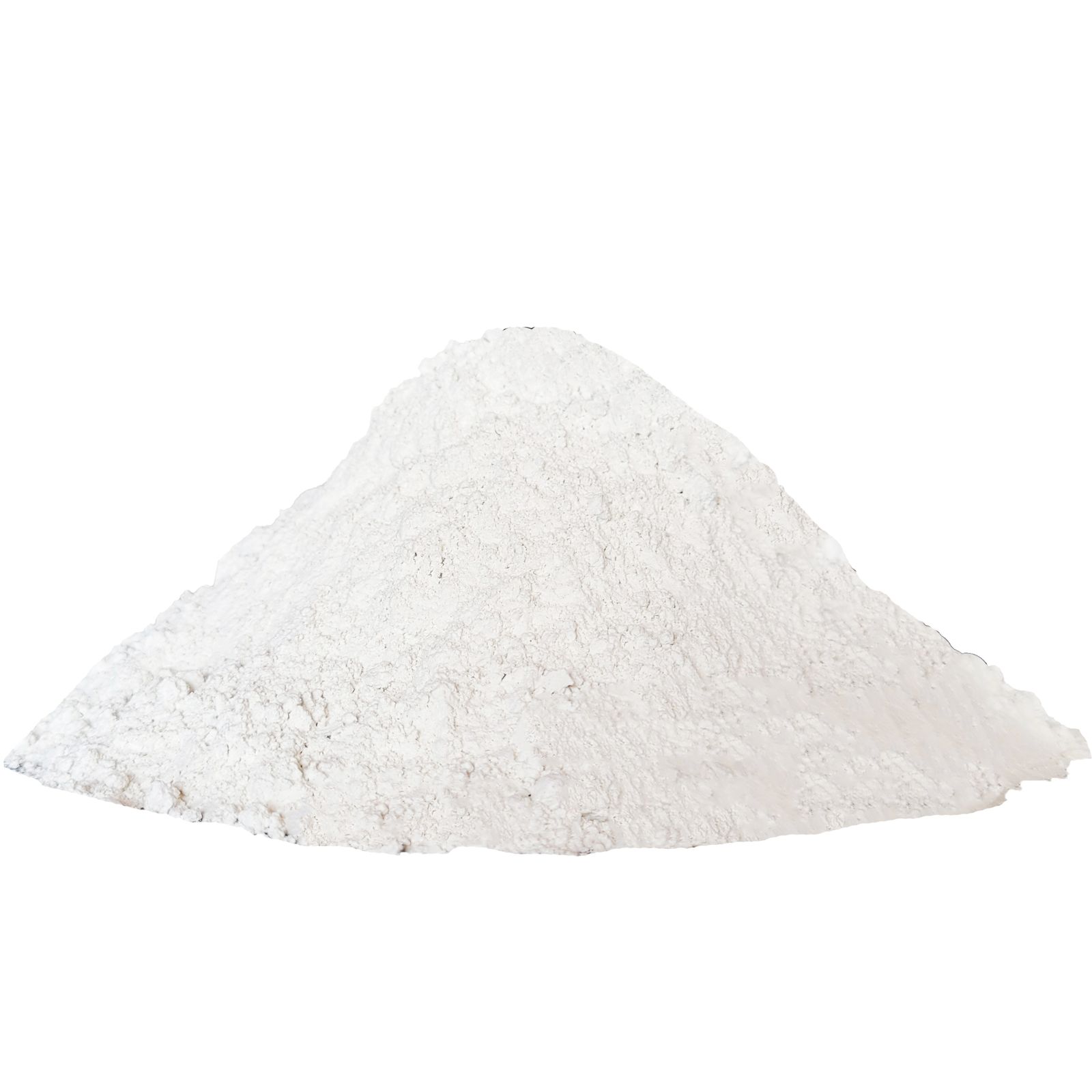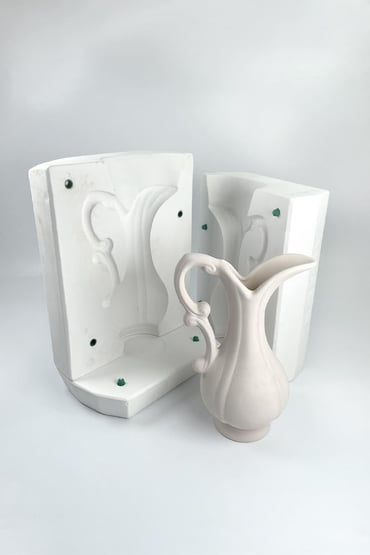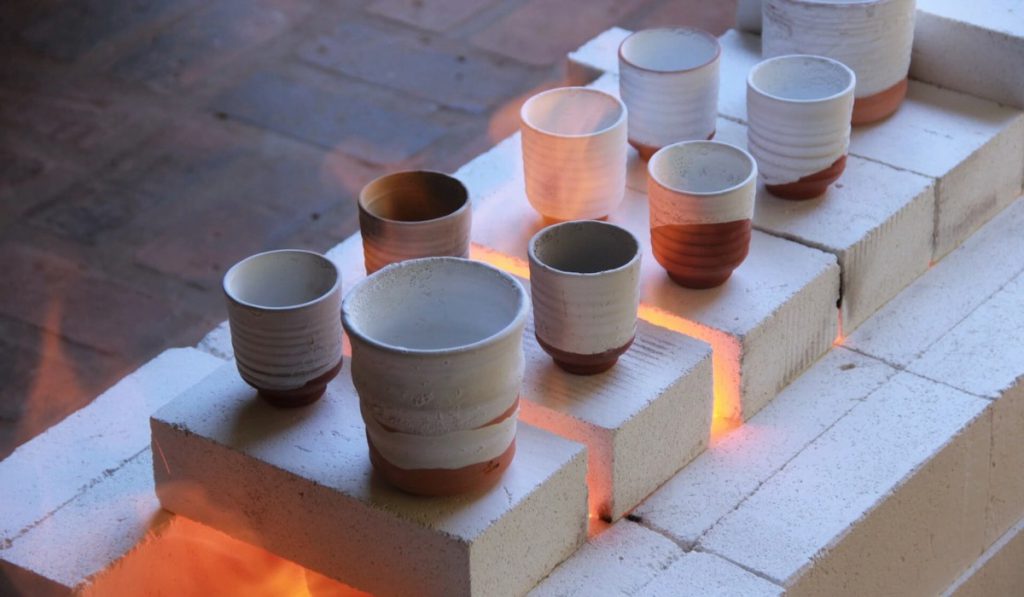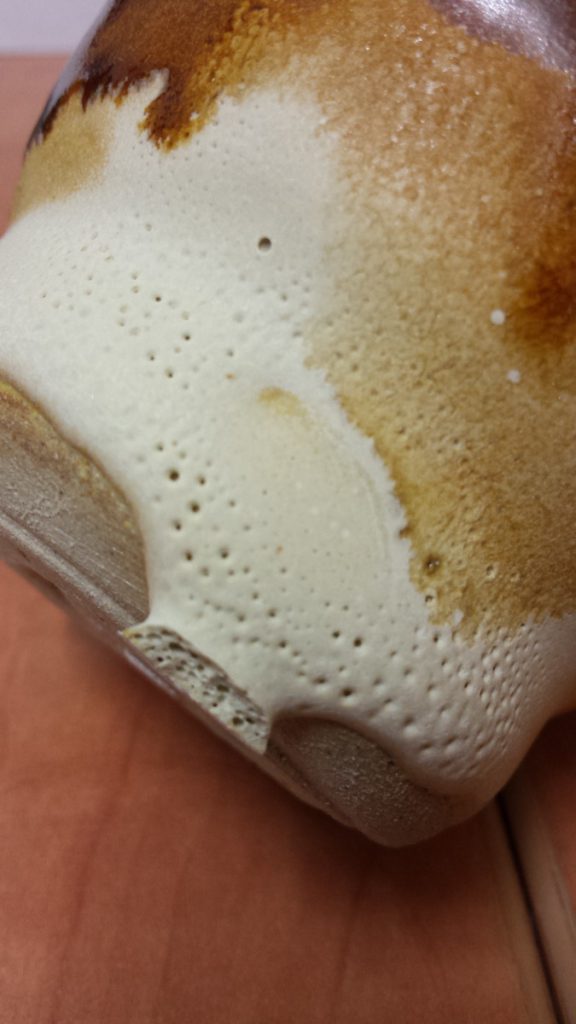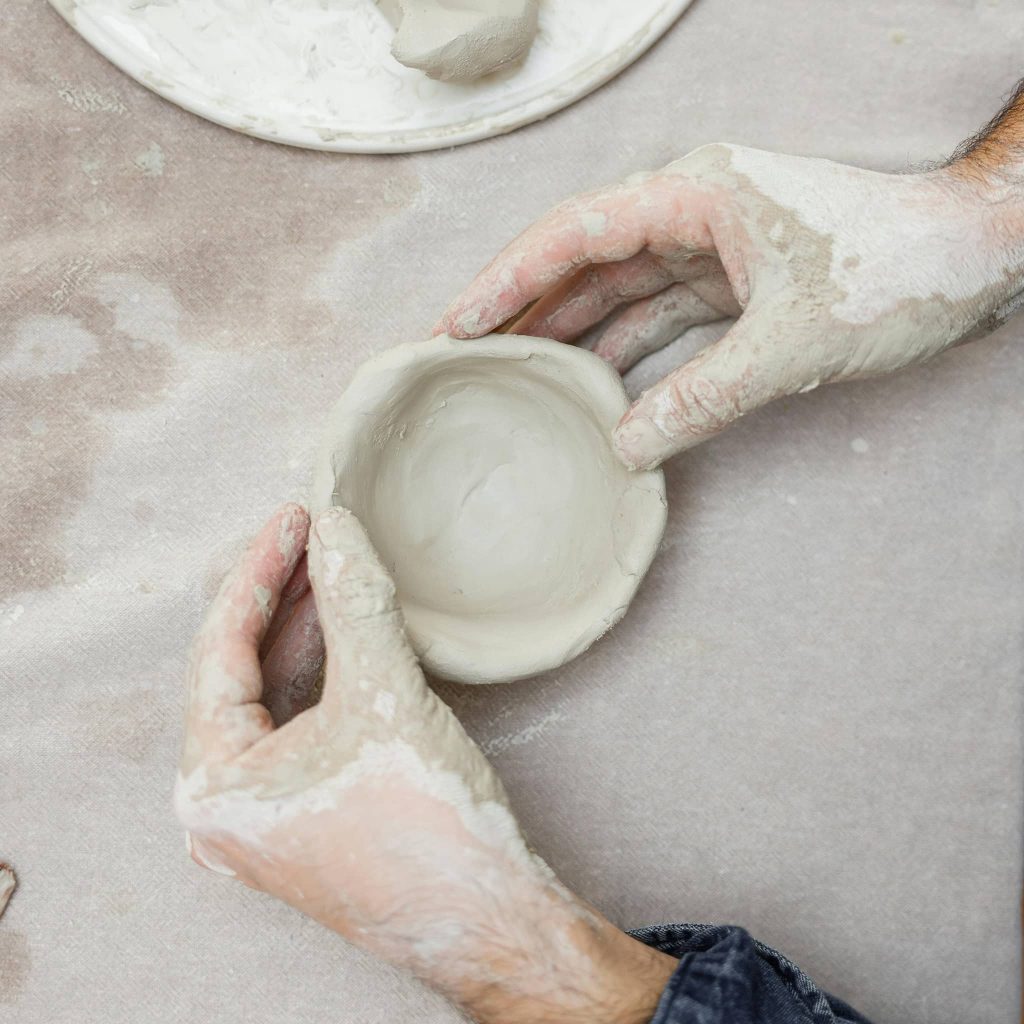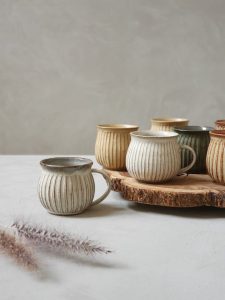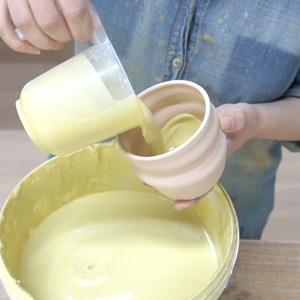We sometimes select what we think is the correct material for a specific application only to discover that the expected results fall short of our expectations. Plaster materials are often misunderstood and, as a result, what we hoped to achieve does not work: a simple case of not selecting the correct plaster.
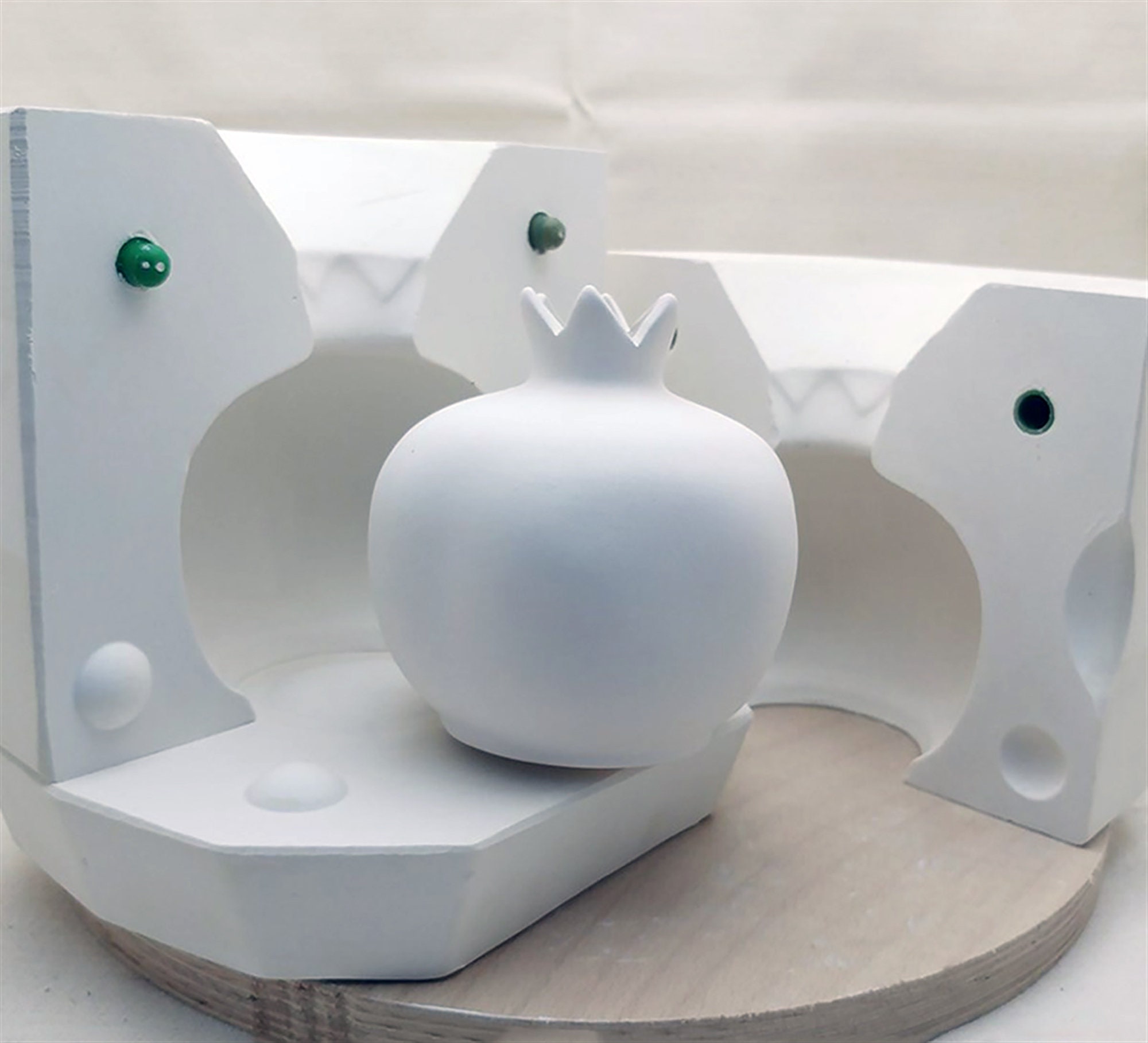
Plaster Basics
Plaster is calcium sulfate that is ground and heated after mining. The heating is controlled very carefully so that a chemical reaction is started but not completed. Water is required to complete the reaction and after correct mixing and pouring in your studio, the plaster hardens and becomes warm as the reaction occurs. This is a simple explanation of how plaster works. What’s extremely important to remember is that a specific amount of water is necessary for a given quantity of plaster to achieve optimum working conditions.
The type of plaster and achieving the right ratio of plaster to the required water determines the absorption and density of the finished casting or mold. The more water used to mix the plaster, the greater the absorption and, therefore, the weaker the final product. All plasters expand when mixed with water, but this is a controlled expansion and is how mold and model makers design their work so that mold parts release from each other when being made. All plaster materials have superior dimensional accuracy.
recommendations
- It is important to weigh both the water and the plaster in the correct proportion using clean buckets and mixing tools).
Each type of plaster has its consistency and this is what needs to be observed. The recommendation to sift the plaster into the water until it mounds on top may produce workable results, but it does not take full advantage of the characteristics of plaster as the ratio of water to plaster is not likely to be exactly right. It is always better to weigh out the water and plaster, after calculating the volume you need to fill.
- When mixing, sift dry plaster into the water and let it slake or absorb the water for ninety seconds. I use a Jiffy-type mixer for small batches mix for an additional ninety seconds and then pour.
Remember that plaster sticks to plaster and for that matter, to any porous material. Proper separating or “parting” of absorbent or porous surfaces is necessary. Do not use petroleum jelly for this. Many suitable commercial compounds such as Polyurethane Parting Compound, Crystal Mold, or Fels Naptha Soap do not leave a residue. Murphy’s Oil Soap also works well as a parting agent.
When pouring plaster, pour it over a sharp edge to break the air bubbles, and into a corner of the mold box or coddle. Do not pour directly over the model of whatever you’re making a mold of. Following these directions will reduce the number of bubbles in the mix, as well as reduce the likelihood that air will be trapped between your piece and the plaster, creating a void in the mold. It also ensures that your model does not become dislodged by the force of the plaster hitting it, and, if using a leather hard clay form as a model, that the plaster does not deform the surface.
- You should NEVER EVER let any excess plaster or clean-up water go down the drain. The plaster will harden in the drain or pipe, and plug it permanently. If this happens, the only solution is to replace the drain/pipe.
- Plaster absorbs moisture from the air so it must be stored in airtight plastic containers.
- Plaster should not be stored for more than 90days. When purchasing, check the bag for a packing date.
- An excellent source of information on plasters, gypsum cement, procedures, and techniques USG Company, and their ceramics website
at http://gypsumsolutions.com/application.asp?app=Ceramics •


